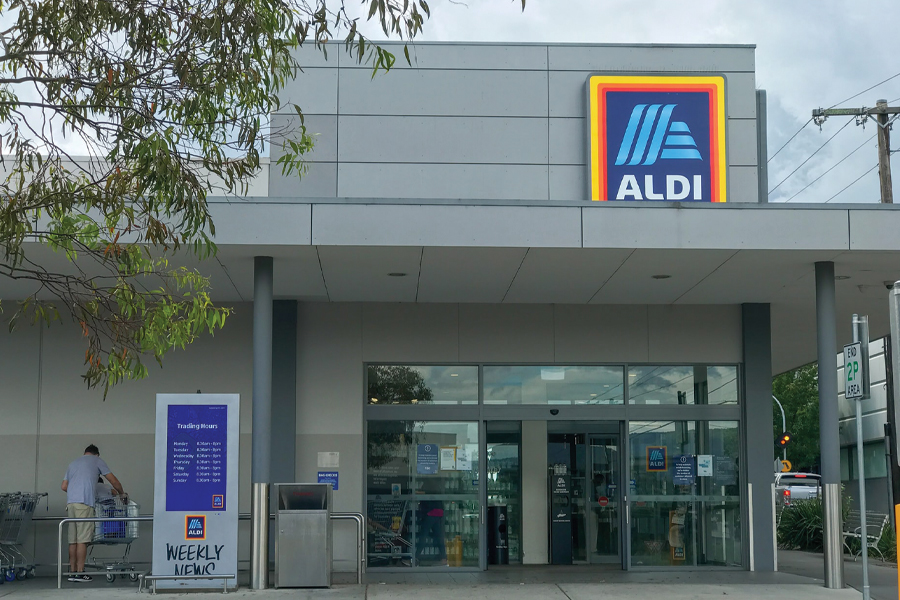When the GCSOP survey results are published, the industry coalface ismomentarily transfixed. This league table of retailer compliance is the bestthing the GCA office has ever done. It provides a rating of retailer behaviour,and in case you believe the headlines this week: yes, the retailers do care,and are in fact slightly competitive, about how their treatment of suppliers isperceived. Although of course, it will not override how much they care aboutshareholder value.

At first glance, this year’s survey appears to highlight a decline inco-operation. But it’s not that at all. The previous year reflected the heroicreaction of the industry to unite and feed the nation during Covid, so ofcourse there was a positive blip. In fact, the trends on code understanding,issues and use are all equal, at worst, to the figure two years back.
The code’s major limitation – the lingering ‘climate of fear’ – is exposed bythe fact that the number of those willing to report to the GCA has only risen3% in the last five years and is still only 55%. Across the same time, however,the number of those experiencing code-related issues has dropped from 56% to35%. That’s very good.
The Covid collaboration has not in itself been replaced by indiscriminatelapses. The market is now a world of inflation, and the code offers verylimited behavioural or process guidance for pricing moves. That’s the realheadline. The code-related issues themselves are set out in a red/amber/greenmatrix showing all retailers’ ratings against 15 code issues. Forecasting,invoice discrepancies, promo funding and payment all have two retailers scoringred.
Then it leaps up for the worst area: refusal to consider a cost price increase(CPI) or unreasonable delay in agreeing or implementing an agreed CPI: 10 redsout of 13 retailers. This is not a retailer issue on behaviour, it’s a codeissue on CPI. The code can be amended to cut these problems out, as they didtwo years back in Australia, and I will keep campaigning for this.
Only one retailer is rated green on the issue of CPI, and given that it’s theonly retailer who scored green on all 15 issues, we can assume it is Aldi.
For a decade, Aldi has consistently been at the top end – if not top – of thisleague table, and it has shown the largest share gains across that period. Thisis a sign of how a removal of threats and increase in trust will ultimately getmore investment from suppliers than keeping them at arm’s length andperiodically beating them with a stick. A short-term dip into supplier pressureis always there for buying organisations when they face trading performanceproblems. Aldi has never needed to push that button.


